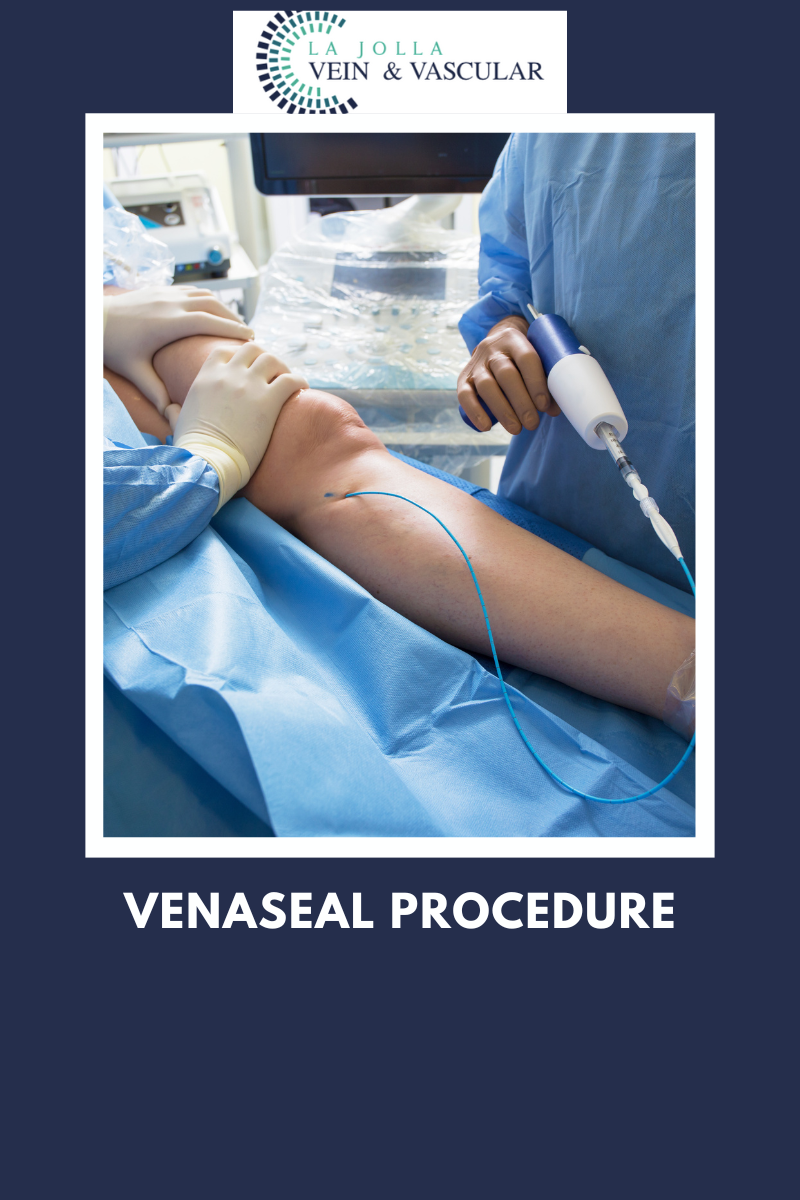La Jolla Vein & Vascular Health Mission
LJVascular2022-12-26T10:53:29-08:00Expert Healthcare
Our clinical staff consists of Registered Vascular Technologists (RVTs), Nurse Practitioners and Medical Assistants and ancillary staff who have several years of experience in vein and vascular care and health. Most of our staff have helped patients at La Jolla Vein & Vascular for 5+ years. We also have administrative staff with […]












